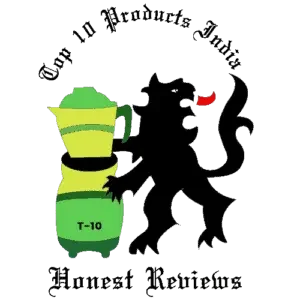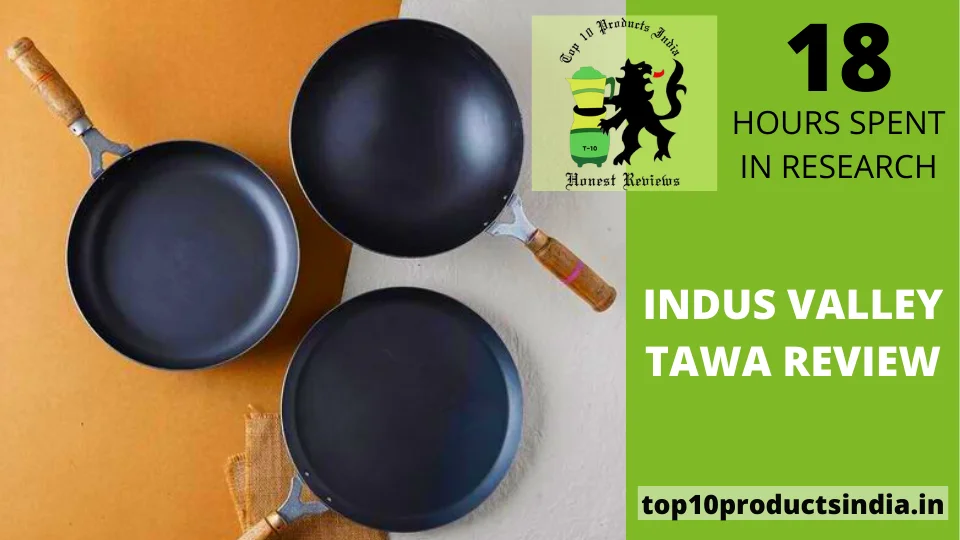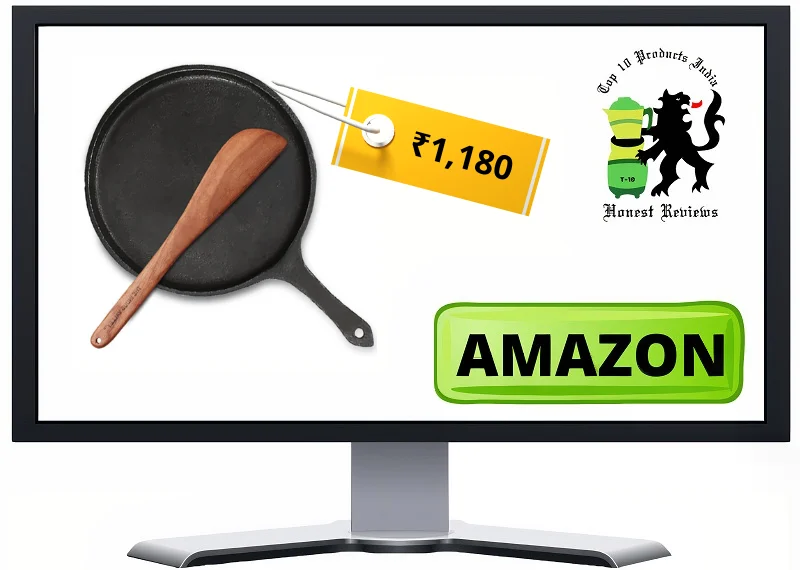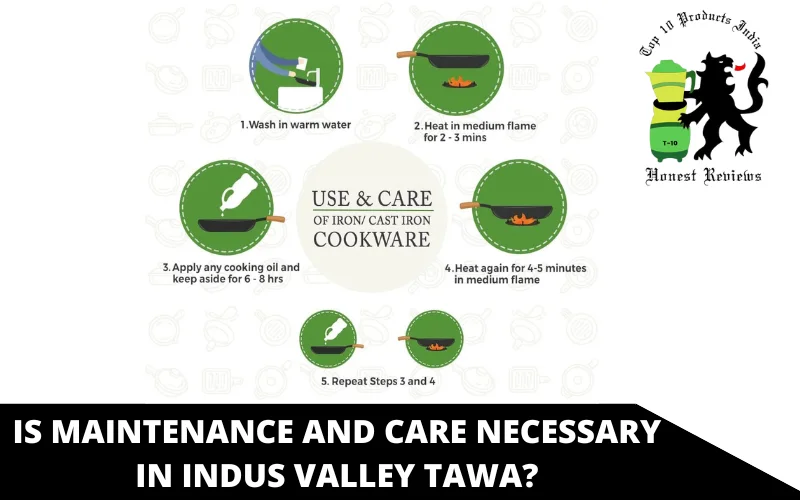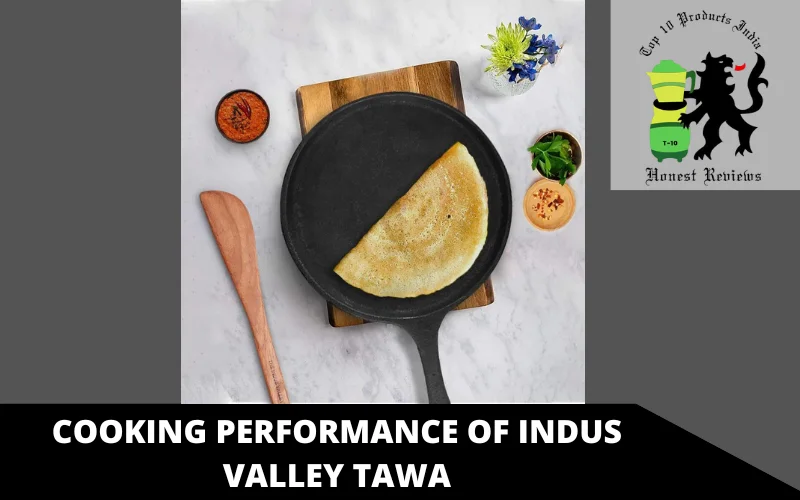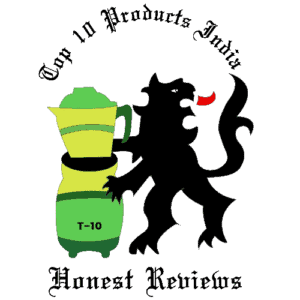Indus Valley Super Smooth Cast Iron Tawa is one of the choices we tried for our review of the top Dosa Tawas across India. It was one of the top choices that met the requirements of what you would expect from the Tawa.
Let’s take a closer review of the different elements of Tawa and the company Indus Valley to aid you in making an informed decision about buying.
Indus Valley Tawa Review
How Good is the Built Quality of Indus Valley Tawa?
Cast iron, which you may have heard of, is an alloy consisting of carbon, iron, and silica. It is put into molten form in moulds to create different Cookware.
The majority of Cookware created in this manner has rough surfaces. The surface becomes smooth after a long time of use.
However, Indus Valley also offers cast iron cookware that has a smooth surface. After it has been removed from the mould and polished with a machine, they smooth the Cookware to create an even cooking surface. The Cookware is then heated in a kiln to be seasoned.
The Tawa has a pretty good build quality. The lack of attention to particulars is evident. It was scratched around the edges and on the bottom.
Although, it didn’t affect the cooking quality. It was certainly an eyesore. However, it isn’t a very common issue. Many other users have not found these scratches or flaws in their Tawa.
It is about 6 millimetres thick and weighs 2.5 Kg. It is flat on the base, and due to its superior construction and thickness, it won’t get distorted.
Compared to other alternatives like Rock Tawa and Bhagya, Tawa is greyish instead of black. There remains some carbon on the surface, resulting from the out when you cook the pan and then apply oil.
To remove it, you’ll have to wash the Tawa thoroughly and then season it lightly before use.
We would have put it up as the top cast iron Tawa over Dynamic Cookware if it hadn’t been for the non-ergonomic handles.
Due to its weight and single handle, it can be somewhat hard to raise the Tawa when set on an uneven surface, such as the kitchen counter or the cabinet shelves. Dynamic Cookware, however, has elevated handles that make it much easier to carry and lift.
Do you want a cookware set at a highly reasonable price? Check out the best cookware sets in India guide.
Is Maintenance and Care Necessary in Indus Valley Tawa?
The vintage cast iron Tawa develops a seasoning process over time. Consequently, it develops a shiny, smooth surface that is extremely stick-resistant.
Because this Tawa from Indus Valley is smoothed, it gets a vintage-like finish. This is one of the best-known characteristics and is a major benefit for this Tawa.
The flavouring of the Tawa can last for a longer period if you pay attention. After each use, clean thoroughly with the soap and scrub it gently. Then, you can dry it quickly and apply an oil-like coating before storing it away.
Before use, clean it with soap, then heat it at a low temperature. When it’s dry, apply an oil-like coating and then heat it at a moderately low flame for 5-10 mins. The preheating process helps create instant seasoning for the Tawa, increasing the stick’s resistance.
Furthermore, it spreads heat as evenly as possible to prevent dosa from developing burnt centres or edges that aren’t cooked.
Do you like cooking in stainless steel utensils? Check out the best stainless steel cookware in India guide.
- Our trust is with Amazon
Cooking Performance of Indus Valley Tawa
Since it is a preseasoned Tawa, our first test is to see whether it’s stick-resistant straight out of the package. We first clean the Tawa with mild soap and a non-abrasive scrub. We then apply an oil-like coating and then make dosa immediately.
Also, we were pleased that the finish was as resistant to sticking as a Teflon pan. We were able to easily remove the dosa from the Indus Valley Tawa and it did not leave any trace.
Then, we analyzed how the Tawa can distribute heat evenly. To do this, we heat the Tawa, spread an even layer of flour and then cook it over the flame to medium.
Aluminium and stainless steel spread heat equally. This means that you can see that flour develops an almost uniform brown colour regardless of whether it’s at the centre or the edge. In cast iron, however, that isn’t the scenario.
Cast iron is a natural material that cannot transfer heat uniformly, like aluminium. Therefore, hot spots in the centre will be evident. Therefore, it is necessary to warm the Tawa with a medium flame for about 5-10 minutes to ensure temperatures are as even as possible.
In the meantime, you will notice a difference of 40-50 C between the centre and the outer edges of your Tawa. The magic occurs the moment you spoon your batter into the centre.
The heat in the centre is transferred to the batter, and as you spread thinly toward the edge, the entire dosa will reach an approximate temperature.
But If you don’t warm the Tawa sufficiently or cook it to a high temperature, it will be able to make the centre quite dark compared to the outer edges.
Dosas cooked by the Indus Valley Tawa are soft yet crisp. If cooked properly, they won’t get too crispy to the point that they split into pieces. Instead, it’s an incredibly soft and crisp texture that an unstick Tawa cannot duplicate.
Alongside making dosa, it is also possible to make chapati and roti with the Tawa. However, you should not use the same Tawa to make roti and dosa since it will affect the seasoning, and your dosa will begin to stick to the Tawa.
Do you like cooking in cast iron utensils? Read the best cast iron cookware in India guide.
Other Varieties of Products
Indus Valley offers several types of iron Tawas. The preseasoned, super smooth Tawa we purchased has a small handle, only on one side.
The identical Tawa comes with a longer handle. Although it’s great to lift and move, the handle can get extremely hot, and if you don’t handle it with care, it could cause you to burn.
They also offer cast iron fish fry pans, pure iron Tawa, and regular cast iron Tawas with long handles.
- Our trust is with Amazon
